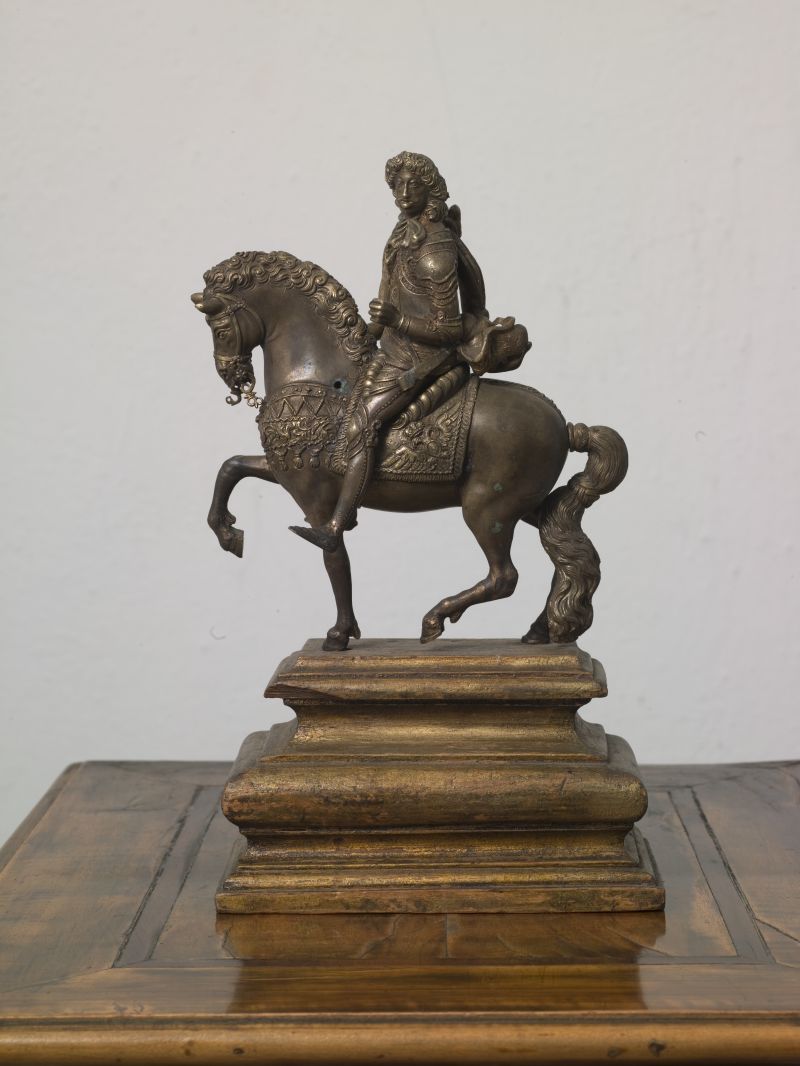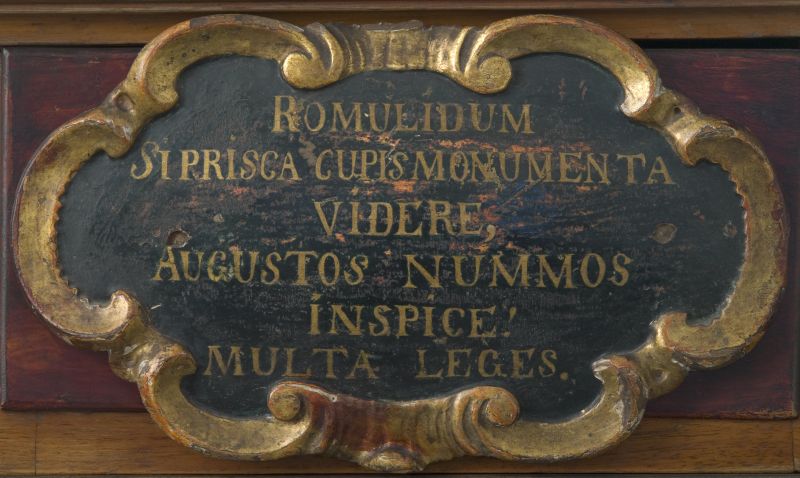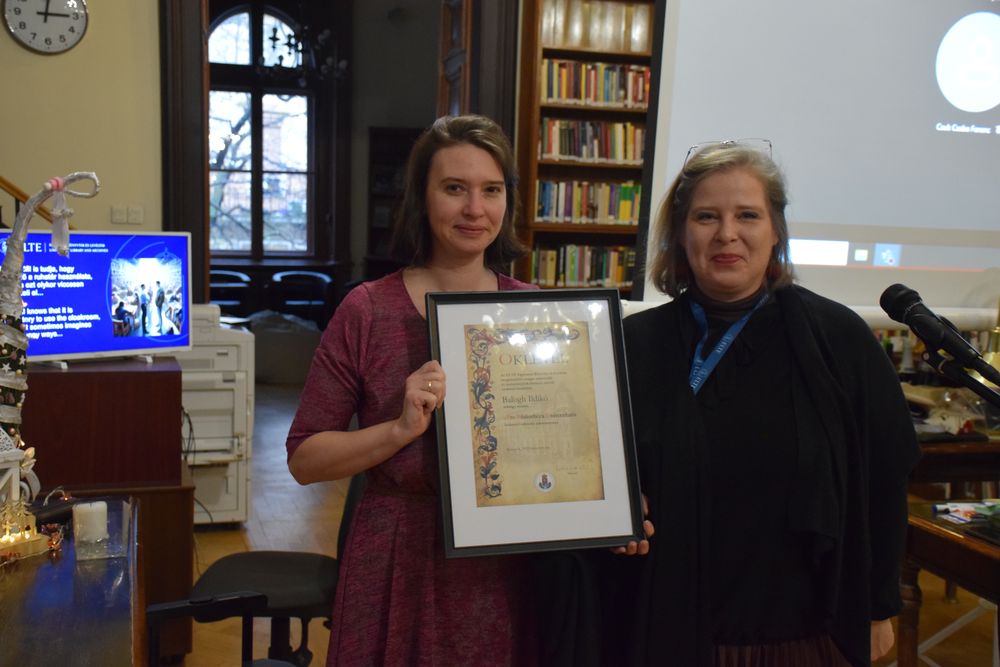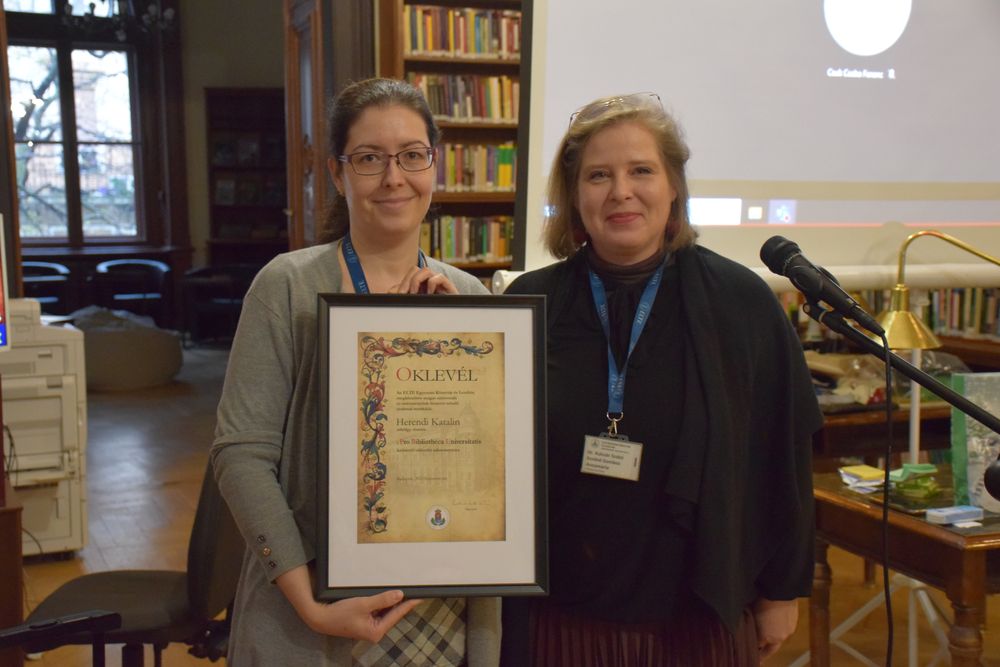Reporting Day K21 – Results in the light of quality improvement
At the fourth quarterly report of the K21 Quality Coordination Committee 2023, the leaders of the working groups reported on the results of the past quarter, ongoing work and changes.
The Quality Management Handbook has been reviewed and improved, the chapters on communication have been partially revised, and the workflow review and strategy finalisation are underway. The data from the 2023 Student Needs and Satisfaction Survey have been aggregated with the assistance of the Primary Research Working Group and the analysis is being improved and revised.
The Process Management Working Group has completed the tasks related to the terms of reference and the library leaders have defined the key processes of the University Library Service (ULS).
The Communication Working Group provided information on the tasks and achievements of the K21 Quality Coordination Committee through our website, newsletter and short film entitled „3 months – 3 minutes”, and contributed to the success of the preparation and administration of the K21 reporting days meetings.
In the autumn, the Green Library Working Group organised an awareness-raising training, with lectures entitled „Go Green Library!” and Green Libraries – an international perspective, thought-provoking discussions and a quiz.
Library leaders held five meetings in the fourth quarter to discuss, among other issues, the revision of the performance appraisal system rating scale, the new quality objectives, the ULS terms of reference, key processes, the work plans of the Coordination Committees and the project to digitise paper-based theses.
The staff of the University Library Service participated in a strategy workshop this summer. Joint work is planned to continue in February 2024.
An update on the achievements of the K21 Quality Coordination Committee and our new developments will be posted on our website soon.





